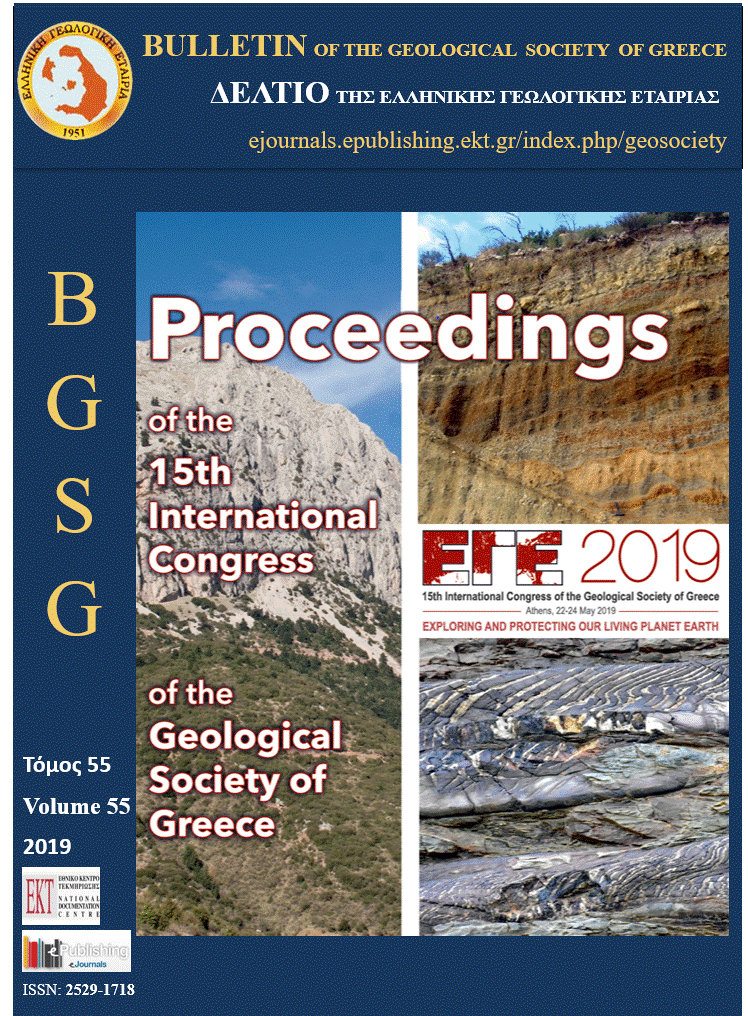The use of geochemical ratios in groundwater quality assessment: the case of the Thriassion Plain, Attica, Greece
Résumé
This paper is an effort to assess the groundwater quality and the geochemical processes mainly using the Chadha’s diagram which classifies natural waters and documents the Piper and extended Durov diagrams. Chadha’s diagram is a useful tool to interpret groundwater geochemical processes because it is produced by simple spreadsheets excel files. The example of hydrochemical analyses were given from groundwater samples of the Thriassion Plain. To attend our objective, 38 groundwater samples were collected. Hydrochemical sections, XY diagrams, distribution maps of ionic ratios as well as the Gibbs diagrams were used to identify origin of salinity and the hydrogeochemical processes that have taken place. The Gibbs diagrams have shown that evapotranspiration (ET) and rock-water interaction play an important role to the increase of groundwater salinity. The interpretation of Chadha diagram highlights that the stratigraphic factors and especially the clay strata occurrence have isolated fresh groundwater from seawater. The abundant occurrence of clay deposits to the depth of the plain work as barriers to direct seawater intrusion. Good quality groundwater identified confirms the important role of clay strata. Reverse cation exchange, is the predominant geochemical process in the Thriassion Plain aquifers, whereas evapotranspiration (ET) and rock-water interaction play an important role to the increase of groundwater salinity.
Article Details
- Comment citer
-
Makri, P., Hermides, D., Psychogiou, M., & Ermidou, A. (2019). The use of geochemical ratios in groundwater quality assessment: the case of the Thriassion Plain, Attica, Greece. Bulletin of the Geological Society of Greece, 55(1), 223–240. https://doi.org/10.12681/bgsg.20938
- Rubrique
- Environmental Geology

Ce travail est disponible sous licence Creative Commons Attribution - Pas d’Utilisation Commerciale 4.0 International.
Authors who publish with this journal agree to the following terms:
Authors retain copyright and grant the journal right of first publication with the work simultaneously licensed under a Creative Commons Attribution Non-Commercial License that allows others to share the work with an acknowledgement of the work's authorship and initial publication in this journal.
Authors are able to enter into separate, additional contractual arrangements for the non-exclusive distribution of the journal's published version of the work (e.g. post it to an institutional repository or publish it in a book), with an acknowledgement of its initial publication in this journal. Authors are permitted and encouraged to post their work online (preferably in institutional repositories or on their website) prior to and during the submission process, as it can lead to productive exchanges, as well as earlier and greater citation of published work.



